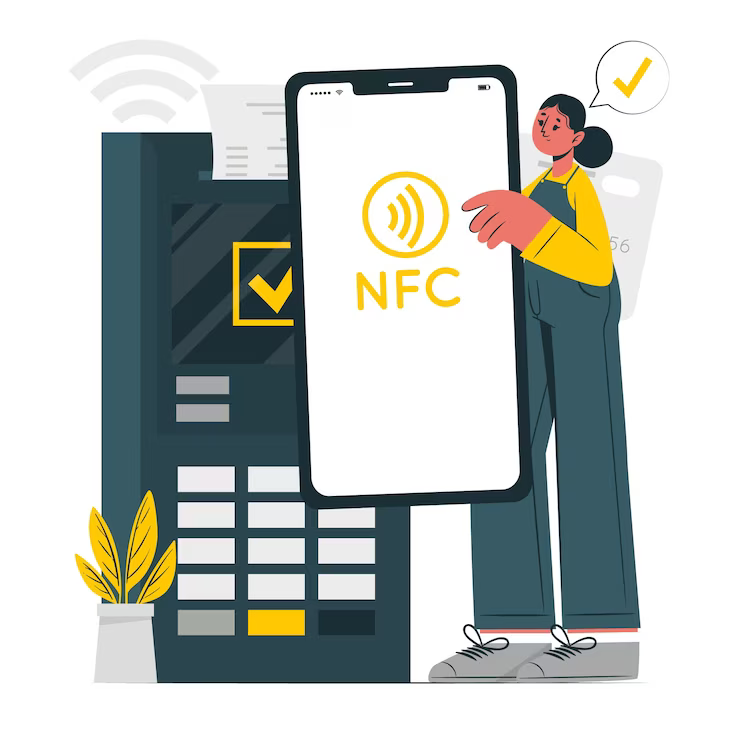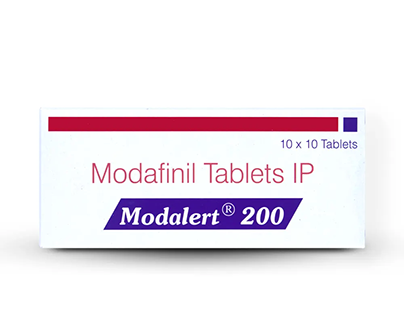Comparing Access Control Methods: NFC, QR Code, RFID, Mobile, & More

In today’s security-conscious world, selecting the right access control system is crucial for businesses looking to protect their premises. From the advanced, tap-and-enter simplicity of NFC access technology to the traditional lock and key, each method offers unique benefits and challenges. Modern access control including NFC, QR Code, RFID, and mobile access work, cater to different security needs and environments more of which are discussed below.
Traditional Access Control Methods
Traditional access control methods, encompassing magnetic stripe cards, PIN/keypad systems, and physical keys, have been the foundation of security systems for decades. These methods offer simplicity and cost-effectiveness but fall short in security and convenience when compared to modern technologies.
Security Risks
Magnetic stripes can be easily duplicated, PINs shared or forgotten, and keys lost, posing significant security risks. Additionally, these systems lack the advanced features and scalability of technologies like NFC, making them less suitable for dynamic and high-security environments. Traditional methods may still find applications in smaller operations or residential settings where simplicity and cost are the primary considerations. However, their reliance on physical components heightens the risk of security breaches and hampers their adaptability to the evolving demands of modern security, necessitating the transition towards more advances, robust solutions like NFC access control capable of meeting the complex security demands of today and eliminating threats posed by simple human error.
NFC (Near Field Communication) Access Control
NFC technology has made access control more secure, with contactless entry made easy with just a tap of a smartphone or NFC tag. The primary advantage of NFC access lies in leveraging the security and ubiquity of modern smartphones, making it an ideal choice for corporate environments, tech companies, and any facility looking to manage or restrict entry to specific areas of the site. NFC’s encryption ensures secure data transmission, mitigating the risk of unauthorized access and increasing access visibility. However, its reliance on device compatibility and the need for close proximity can be seen as limitations. Despite these, NFC has become a popular choice in office buildings and secure labs where quick, secure access is needed but restricted to specific personnel.
QR Code Access Control
QR Code technology offers a versatile and cost-effective solution for managing access, especially suitable for temporary or event-based applications. By generating a unique, scannable code sent to users’ smartphones, it facilitates easy visitor management for events, museums, or temporary site access. The technology’s flexibility and ease of distribution stand out, but potential security risks if the QR codes are not properly encrypted and the dependence on users having a compatible smartphone can pose challenges. QR codes are best implemented in settings where temporary access needs to be granted quickly and efficiently, without the overhead of distributing physical access tokens.
RFID (Radio Frequency Identification) Access Control
RFID uses electromagnetic fields to automatically identify, and track tags attached to objects, including access cards. It’s particularly effective in environments requiring hands-free operation, such as manufacturing facilities, parking lots, and hospitals. The technology allows for easy entry and exit, improving traffic flow and operational efficiency. While RFID offers a longer range than NFC and does not require direct line-of-sight, it can be more expensive to implement and faces potential security vulnerabilities, such as cloning. However, its ability to facilitate swift, contactless access makes it invaluable in high-traffic or logistics-heavy environments.
Mobile Access Control
This innovative approach harnesses NFC access control protocols to transform every smartphone into a key for secure areas, offering improved convenience by leveraging a device most people carry constantly. Enabled by various technologies including NFC, this system allows for easily grantable access, remote management, and the allocation of specific access rights, making it highly adaptable across various environments from residential communities to corporate offices. Despite challenges such as mobile device dependency and potential network issues, the integration of NFC technology into mobile access control ensures a balance between convenience and security, demonstrating advancements in access control solutions.
Biometric Access Control
Biometric systems provide the highest level of security by using unique physical characteristics, such as fingerprints or facial recognition, for verification. This method is unmatched in its ability to prevent unauthorized access, making it ideal for sensitive areas like data centers, secure government buildings, and research facilities. Despite its many benefits, including eliminating the need for physical tokens that can be lost or stolen, biometric access control raises privacy concerns and involves higher initial costs and set up times. Additionally, the requirement for physical interaction with the reader can be a drawback in environments where hygiene is a concern, such as hospitals and food processing plants.









